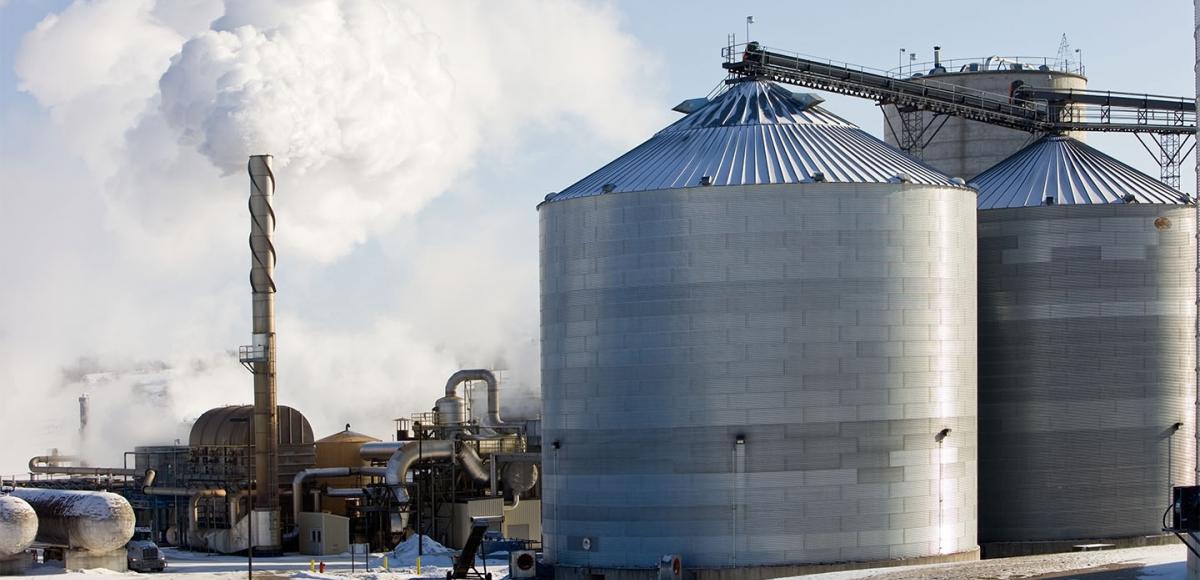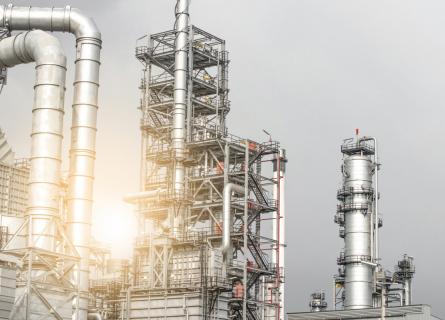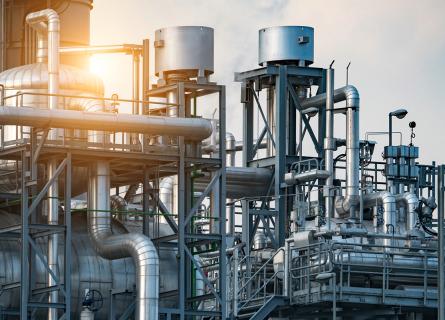
Energy efficient biorefining reduces fossil fuel usage
The target of biorefining is to reduce greenhouse gasses by replacing fossil sources with renewables. It makes sense, both ecologically and economically, to maximise the energy efficiency of biorefining as it both reduces the fossil usage and increases yield. In our opinion, energy efficiency should be based on the total energy usage of the process; the net energy analysis.
Fossil raw materials (crude oil, coal and natural gas) make up approximately 80% of the world’s energy supply. As the availability of raw materials of future energy and material use is a concern, there is a certain need for adopting renewable feedstock. However, the bigger threat today is global warming, caused by CO2 emissions when carbon-based fuels are used.
The change into a renewable economy is not an easy task and it requires understanding the relationships, dependencies and differences between using fossil raw materials to produce other chemicals and saving energy.
Because of the scale of the current utilisation of fossil fuels, energy efficiency and energy saving actions become important tools in reaching the target. To replace fossil sources in refineries, reliable energy efficiency estimations for biorefineries are needed.
A typical biorefinery energy equation
A biorefinery is a compilation of technologies and equipment that enables the conversion of bio-based raw material into end products with market value. In many ways they are a mixture of traditional forest industry, energy production and (petro) chemical processes.
Feasible raw materials range from wood and agricultural waste, to starch, sugars and organic waste which provide a myriad of valuable end products such as transport fuels, materials, chemicals, electricity and heat. In a normal context however, a biorefinery produces some form of liquid or solid products, with the side and waste streams utilised as an energy source.
Three main parts of the energy balance
1. Feedstock preparation
As the raw material is often in solid form, the process starts from feedstock preparation, which includes conveying and particle size reduction of the material to prepare it for the conversion process. This entirely mechanical preparation phase is followed by feedstock pretreatment where the biomass is broken down into a more feasible, usually liquid form either mechanically, physiochemically (steam explosion, hydrolysis, pyrolysis, etc.) or biologically (direct conversion of biomaterial by enzymes, bacteria or yeast). These process steps are often very energy intensive. The nature of the biomass also leads to large storage requirements due to low bulk density and possible losses resulting from spoiling and/or contamination. These all have a negative impact on the overall energy efficiency.
2. Water content
Perhaps a less obvious characteristic is the high water and oxygen content of the biomass. Bio-based materials contain water as moisture. The oxygen contained in the chemical structure is often not a desired component and is typically removed as water by chemical reactions, increasing the water content even more. Oxygen also increases the polarity, and thus the water solubility, of the hydrocarbons generated in the process, producing waste waters that are difficult to treat. Therefore, efficient and chemically selective water removal is a key element in a working biorefinery.
Waste water streams need to be separated and treated prior to their release in order to prevent the loss of valuable chemical components and to mitigate any impact the plant may have on the environment. As common methods of water removal involve evaporation or filtration under high pressure, this typically has a big impact on the overall energy balance.
3. Downstream processing
In addition to the previous aspects, more unique to biorefining, the downstream processes normally include the more traditional process steps found in the petrochemical industry. Usually the end fractionation is done by distillation and the processes can also involve steps that have high pressure or temperature requirements, such as hydrogen treating. These can have high heating needs and possibilities for energy integration.
Energy efficiency in biorefining needs a definition
The definition of energy efficiency is not always straightforward. Although energy efficiency is a widely discussed topic, different people and different industries can often have different ideas of what energy efficiency means. It can often be viewed from both process and product lifecycle points of view and can include both the removal of energy losses and the optimisation of energy usage. Different methods to analyse energy efficiency can also give different results.
Energy balance based on life-cycle analysis may give too optimistic results
When talking about energy analysis, the so-called life-cycle analysis is often conducted for biorefinery processes. This type of method is used in the analysis of the energy usage in a plant taking into account every process stage, starting from the cultivation or extraction of the raw material and ending at the disposal and recycling of the used product. This is especially important in biorefining where the growing, harvesting and logistics of the biomass can require a large amount of energy. In biorefineries, especially in the case of biofuels, it is a common methodology to evaluate the energy efficiency of these plants by using the so-called energy balance or energy ratio. This is defined as the ratio of the heat content of the produced fuel divided by the amount of non-renewable energy used to produce the fuel.
The attempt of defining the energy balance with this method generates some difficulties. Since the energy balance only considers the amount of non-renewable or fossil energy used in the process, this balance can theoretically increase to infinity if the plant only uses renewable energy as its source. Although this would indicate a very “green” production plant, it does not necessarily say anything about the actual energy efficiency of the process, since the renewable energy used inside the process could be used as inefficiently as possible. For this reason, energy ratio,- although a useful indicator,- is not necessarily the best tool for defining the actual energy efficiency of a biofuel production plant. It can give too optimistic results, for example due to the use of CHP-plants burning waste streams of the process.
Net energy analysis is based on the total energy usage
Energy efficiency should be based on the total energy usage of the process regardless of whether it is produced using renewable or non-renewable sources. This is often called the net energy analysis. The result of this analysis often produces much lower efficiencies, especially in case of biorefineries, where the energy from the feedstock retained by the end product is often lower than optimal. However, this can be usually improved by valuable side streams, such as heat or electricity.
The actual means for increasing energy efficiency are as varied as the energy consumption methods which always depend on the process in hand. For the downstream processes, standardised methods such as Pinch analysis can be utilised, while for the upstream processes there are various ways to save energy, from the optimisation of the supply chain to the utilisation of variable frequency converters in the electrical motors.
Our experts can support clients in several ways by providing independent opinions and analysis. We have experience in all parts of the energy equation with the combination of vast engineering knowledge in industry, energy and water sectors alongside business expertise.



